(November 7, 2022) Maitreyee Wairagkar likes to discover things which the world has never discovered before. From social robots to assist dementia patients in their homes, a social robotic telemedicine platform for clinicians to provide dementia therapy sessions remotely to developing Kinect sensor-based language and motor rehabilitation therapy for stroke victims — the neuroscientist and neuro engineer has done it all.
A deep dive into neurotechnology
Can a wheelchair be controlled merely by thinking about moving your right hand to make it turn right or thinking about your left hand to make it turn left? Well, that is coming soon! “I am currently developing invasive BCI (Brain Computer Interfaces) that can help people speak directly through their brain signals recorded by tiny brain implants. This will be useful for people who have lost the ability to speak due to ALS, stroke or severe brain injury,” smiles Maitreyee Wairagkar, speaking exclusively to Global Indian.
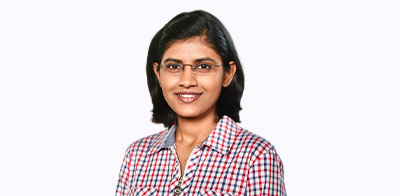
Dr Maitreyee Wairagkar is at the forefront of neurotechnology and neuroengineering research
Maitreyee, who is currently a postdoctoral scholar at the University of California, Davis (in the Neurporosthetics Lab and BrainGate Consortium) was recently nominated for the prestigious ‘Inspiring Women in Science’ award (2022) by leading scientific journal ‘Nature’ in partnership with Estée Lauder. She is the only Indian on the list of early career women scientists to have been nominated for the award.
“Neurotechnologies are different types of technologies and devices that interface with the brain or the nervous system and help people with severe neurological conditions such as stroke, quadriplegia, Parkinson’s disease, spinal cord injury, brain injury, ALS (amyotrophic lateral sclerosis) etc., many of which do not have a cure yet,” explains Maitreyee, who has worked on developing different types of neurotechnologies targeted at different neurological conditions.
I am currently developing invasive BCI (Brain Computer Interfaces) that can help people speak directly through their brain signals recorded by tiny brain implants. This will be useful for people who have lost the ability to speak due to ALS, stroke or severe brain injury. – Dr Maitreyee Wairagkar
Where it all began
Growing up in Pune, Maharashtra in a family with strong scientific background, workings of the human brain always fascinated Maitreyee. When she was 14, she learned about conditions that can render people in a locked-in state, where their cognition and awareness is intact, but their body is fully paralysed — they can neither move nor speak.
“I would sit beside my mother and study while she prepared her lectures. I would often hear from my father about his research and his papers published in Lancet since my early childhood. He would tell me how scientists work and share their findings in scientific journals which was very inspiring,” says Maitreyee, who always wanted to study brain and neuroscience.
Her father, Dr Niteen Wairagkar, is a doctor and scientist working in global health and mother is a science educator with double postgraduate in sciences.
Leaving home
After completing her 12th standard from Pune, she began exploring options to study cutting edge technologies like BCIs and zeroed in on the University of Reading in the UK. It offered a unique integrated undergraduate and master’s degree course in Artificial Intelligence and cybernetics.
It was very unusual decision to go abroad to study for an undergraduate degree at that time as most Indian students went abroad for master’s degree.
Since starting her undergraduate studies at the University of Reading in 2010, Maitreyee has built different neurotechnologies that help in rehabilitation after brain injury or stroke and even assist them in day to-day-life.
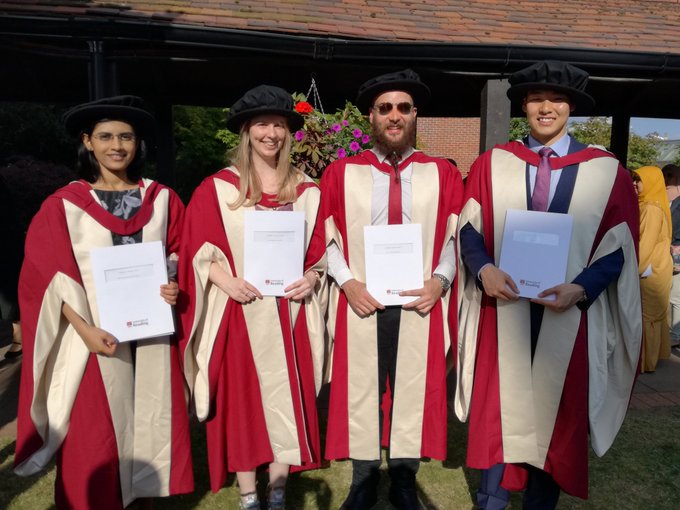
Dr Maitreyee receives her PhD at the University of Reading. Photo: Twitter
Communicating through brain signals
“People with severe neurological conditions such as ALS (like theoretical physicist Stephen Hawking) eventually lose their ability to speak. Not being able to communicate can be absolutely devastating,” says Maitreyee.
The BCIs which she is working on can potentially restore this lost ability to speak by decoding speech related patterns from neural activity and converting it to audible speech. The user can talk through a computer merely by attempting to speak. “The BCI records the corresponding neural activity via electrodes implanted in the brain area that controls the movement of muscles involved in speech production — tongue, jaw, lips etc. which is then decoded and converted to speech using advanced AI models,” she explains, describing it as a new mode of communication directly via brain signals.
“My ultimate goal is to build BCIs using which no one will ever lose their ability to speak and communicate,” she says, giving a glimpse into what the future holds for such patients.
Invasive and non-invasive BCIs
Her previous BCI work used non-invasive electrodes to record brown signals from the surface of the scalp to identify the intention to move, allowing them to control a computer game using brain signals.
“This is useful for people who have lost the function of their arms,” says Maitreyee, who excelled in academics and won several awards including Chancellor’s awards and graduation awards for best performance at University of Reading.
Unlike non-invasive BCIs, the invasive variety requires implanting electrodes on the surface of brain via neurosurgery to read brain signals. It can even enable more advanced capabilities like speaking and complex movements. Invasive BCIs are expensive but have better performance and enable faster communication.
Therapists at #RehabWeek really love our new MALT product that combines exergames with language training to help treat #aphasia. The concept was orginally developed by our collaborators @ABCDlab_Reading @rachelmccrindle and @Maitreyee_W to make #stroke rehab fun and effective. pic.twitter.com/Bzknhf3qyP
— Evolv (@Virtualrehab_en) June 27, 2019
Social robots
Designed to speak with people with dementia, the social robots can collect daily information on their health and well-being, to be assessed by a clinical team, thereby also improving their engagement.
Maitreyee won the UK Dementia Research Institute pilot award for early career researcher to support her work on social robotics in dementia and MedTech SuperConnector accelerator funding to lead social robotics entrepreneurial venture.
Kinect therapy
The Kinect sensor-based language and motor rehabilitation therapy for stroke can be used by patients to do physiotherapy and language therapy gamified exercises at home to regain lost movement in arm and language abilities due to a stroke. “This technology was commercialised and is now available in multiple countries,” informs Maitreyee, who was chosen in the global list of 50 Women in ‘Robotics you need to know,’ 2022.
Social robots and Kinect-based rehabilitation device are also relatively low cost as these use commercially available devices such as tablets, mobile devices, voice assistants and camera sensors. Low-cost neurotech devices that can be affordable to people all around the world is on Maitreyee’s to-do list.
She however says that none of these technologies replace the role of human carers and clinicians. “It enables humans to provide better and efficient care to people with neurological conditions focused on improving quality of life,” says Maitreyee.
Collaborations
Research is a team endeavour and cannot happen in isolation, says Maitreyee, who collaborated with multidisciplinary teams of international researchers from USA, UK and India from engineering and neuroscience backgrounds; medical professionals including neurosurgeons, psychiatrists and medical specialists.
To understand the neurological conditions and medical requirements, she also collaborated with engineers, designers and industrial partners to work on commercial translation of these technologies. “Most importantly, there are patients who give their valuable time to participate in our experiments and help test the devices we build for long periods, even undergoing neurosurgery for brain implants,” informs Maitreyee, who works at the interface of artificial intelligence, machine learning, signal processing, robotics, software development, neuroengineering and neuroscience to build these technologies.
Therapists at #RehabWeek2019 who treat #aphasia were really impressed with how we’re using exergames to help treat language impairment and at the same time promote motor activity. Thanks to @ABCDlab_Reading @rachelmccrindle @Maitreyee_W for collaborating on the new MALT product! pic.twitter.com/LYgd2QgMKI
— Evolv (@Virtualrehab_en) June 28, 2019
Brain signals
“The brain signals I work work are recorded from either tiny invasive electrodes implanted on the brain that record the activity directly from a small population of neurons, or the non-invasive EEG sensors placed on the surface of the scalp recording aggregate brain activity from different areas of the brain,” explains the genius.
These signals capture very complex structure of the underlying neural activity. “My research is focused on identifying patterns in this neural activity that correspond to the intention of the user,” she says adding that one still does not fully understand how this “gigantic mesh of interconnected neurons in our brain gives rise to such complex cognitive behaviours and fine control of our body.”
Looking ahead
“I want to continue building more effective brain-computer interfaces that can potentially give more control to people with severe neurological conditions to speak, move, see, and interact with different devices naturally by restoring their lost abilities which will enable them to participate in the society and lead more independent lives,” says Maitreyee.
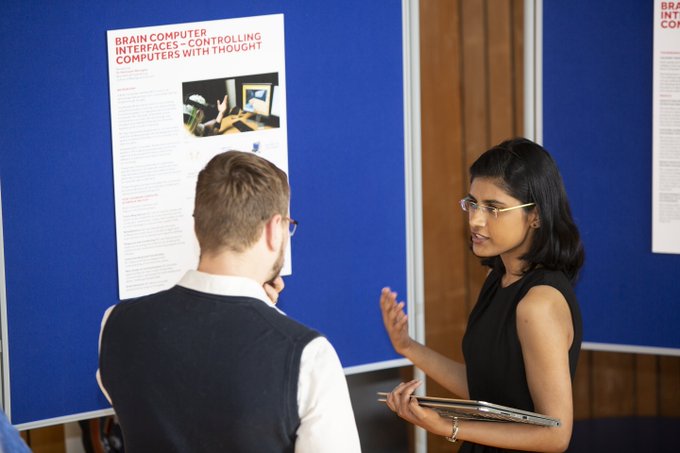
She wants to work towards bringing these technologies out of the lab settings and make it available for clinical and personal use to people who would benefit from this the most. Her stroke rehabilitation device has already been commercialised.
“Being a researcher, I am working on something new and exciting every day. There are a lot of scientific discussions and brainstorming sessions with our team,” informs the neuroscientist, who does quite a bit of reading to keep herself up to date with the latest scientific literature.
“Once I have novel results, I focus on writing scientific papers to publish my findings. I also work on writing funding applications. I prepare and give several presentations at conferences which involves some travel,” says Maitreyee, for whom almost every waking hour in the day is spent on research activities and thinking about innovative ways in which she can solve problems she is working on.
When not immersed in her research, she likes to draw and paint in her spare time. “I enjoy making sketches of places I have visited,” says the trained classical Bharatnatyam dancer.
- Follow Dr Maitreyee on Twitter



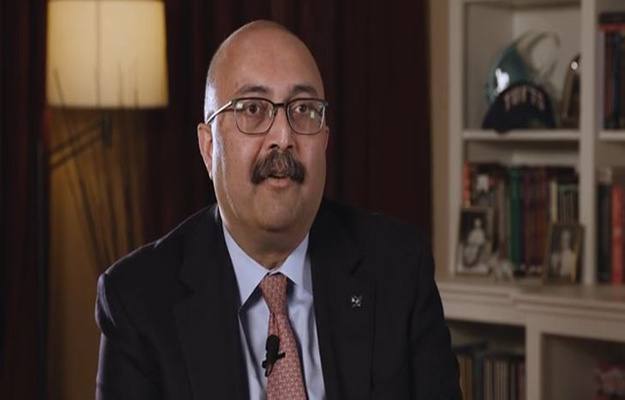 Sunil Kumar is an Indian-origin academician[/caption]
Sunil Kumar is an Indian-origin academician[/caption]
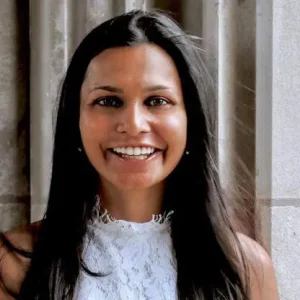
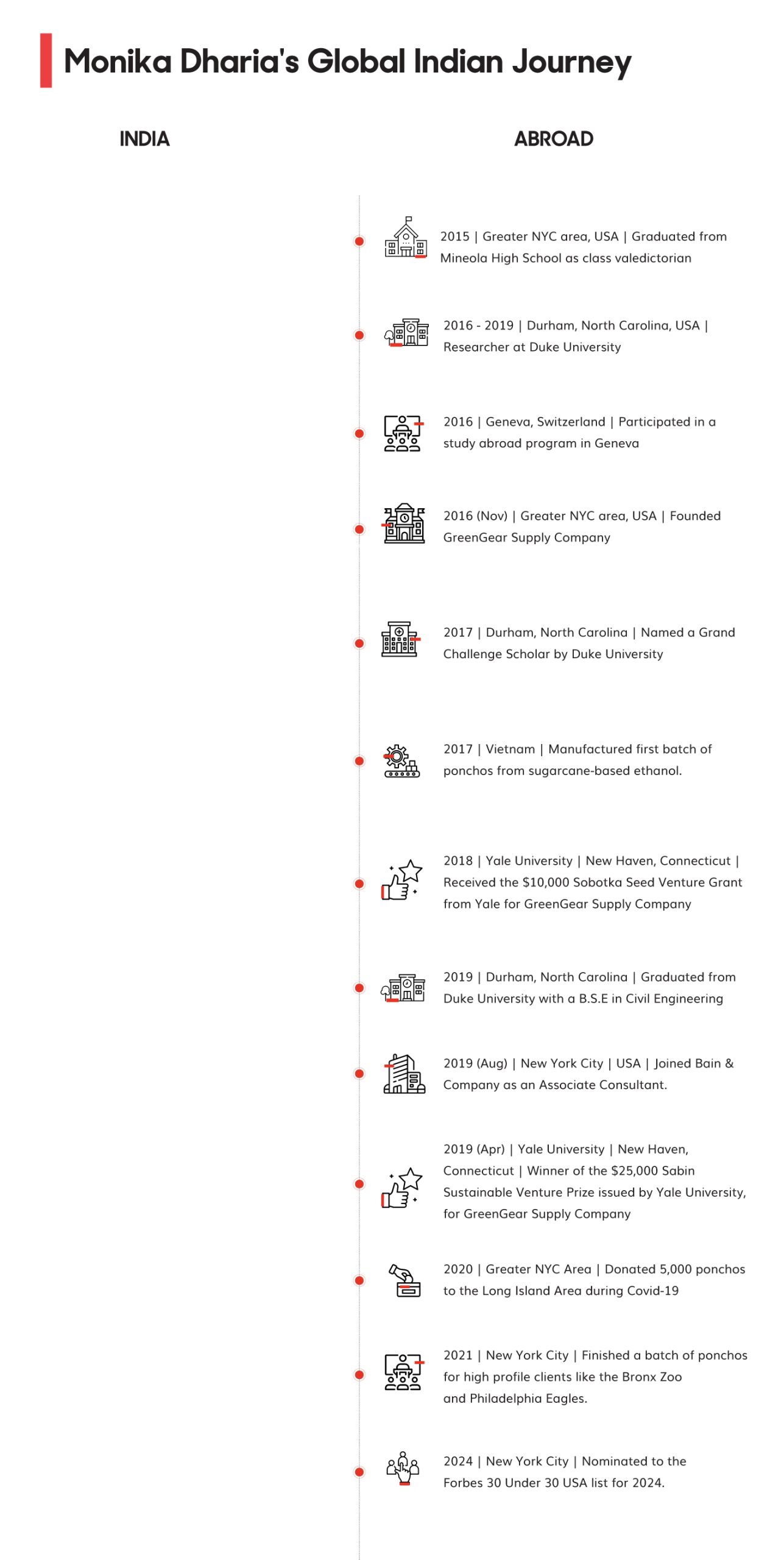
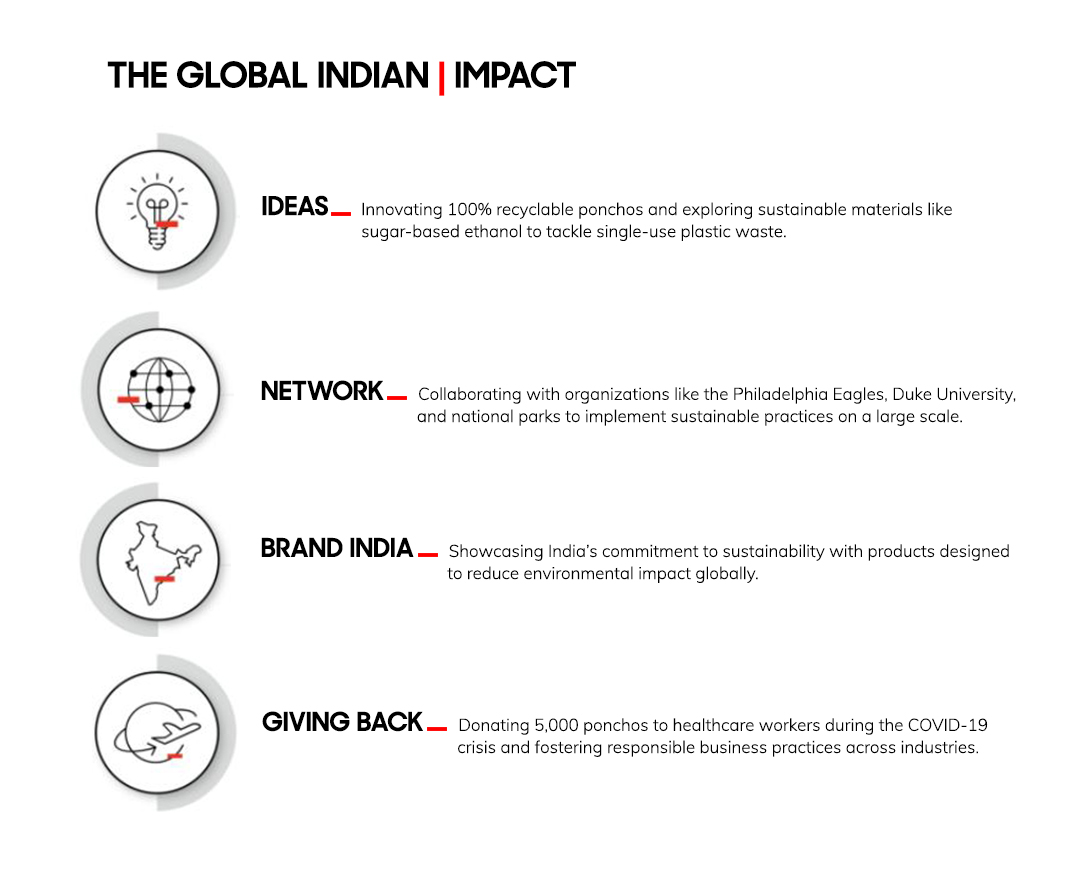

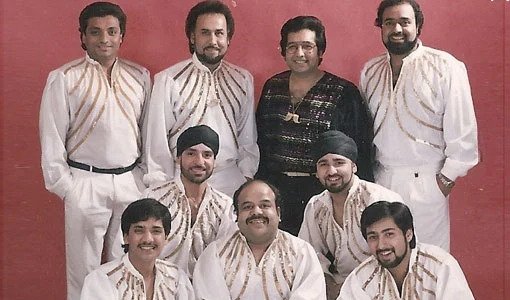 Bhangra band Alaap[/caption]
Bhangra band Alaap[/caption]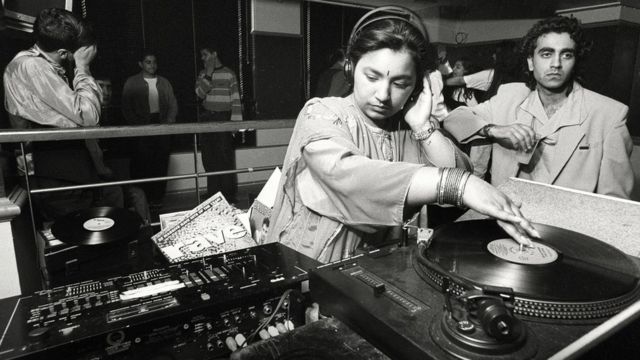 DJ Radical Sista played at many Daytime discos in Bradford in the 80s. (Photo: Tim Smith)[/caption]
DJ Radical Sista played at many Daytime discos in Bradford in the 80s. (Photo: Tim Smith)[/caption]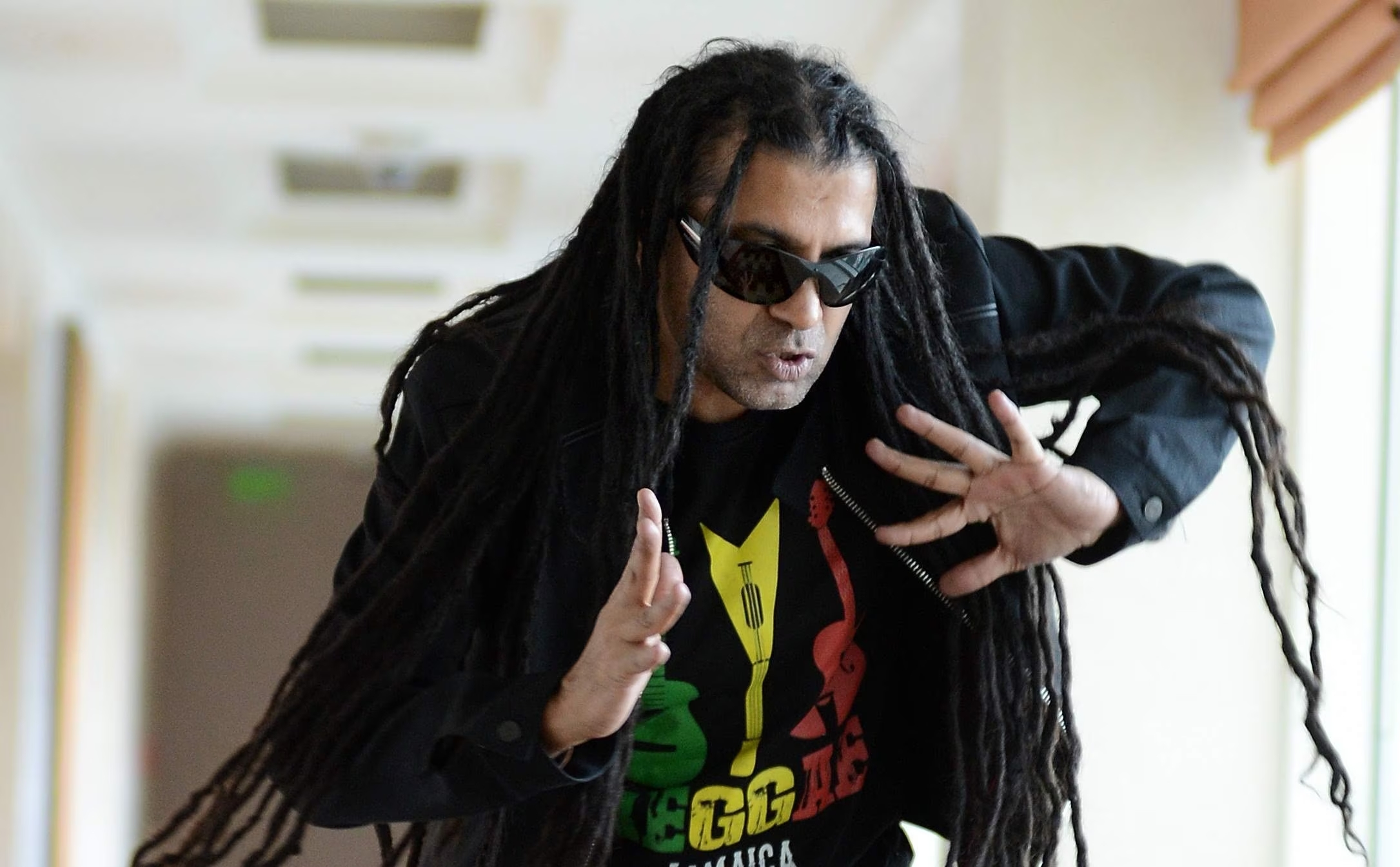 Steven Kapur aka Apache Indian[/caption]
Steven Kapur aka Apache Indian[/caption]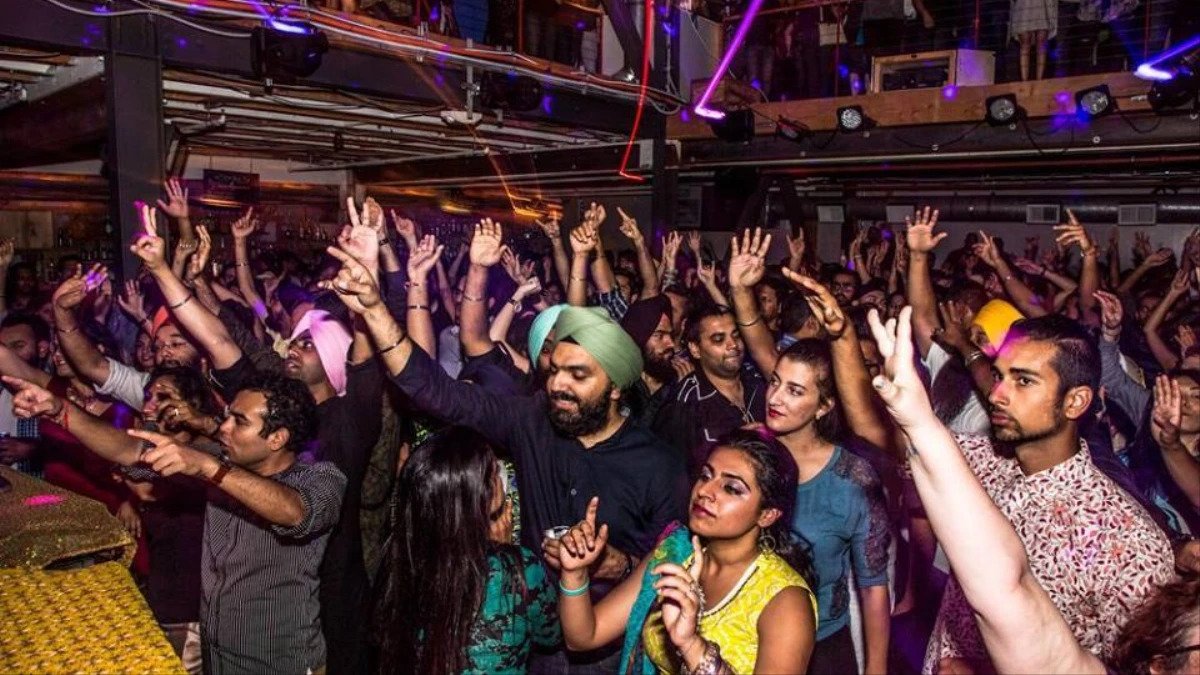
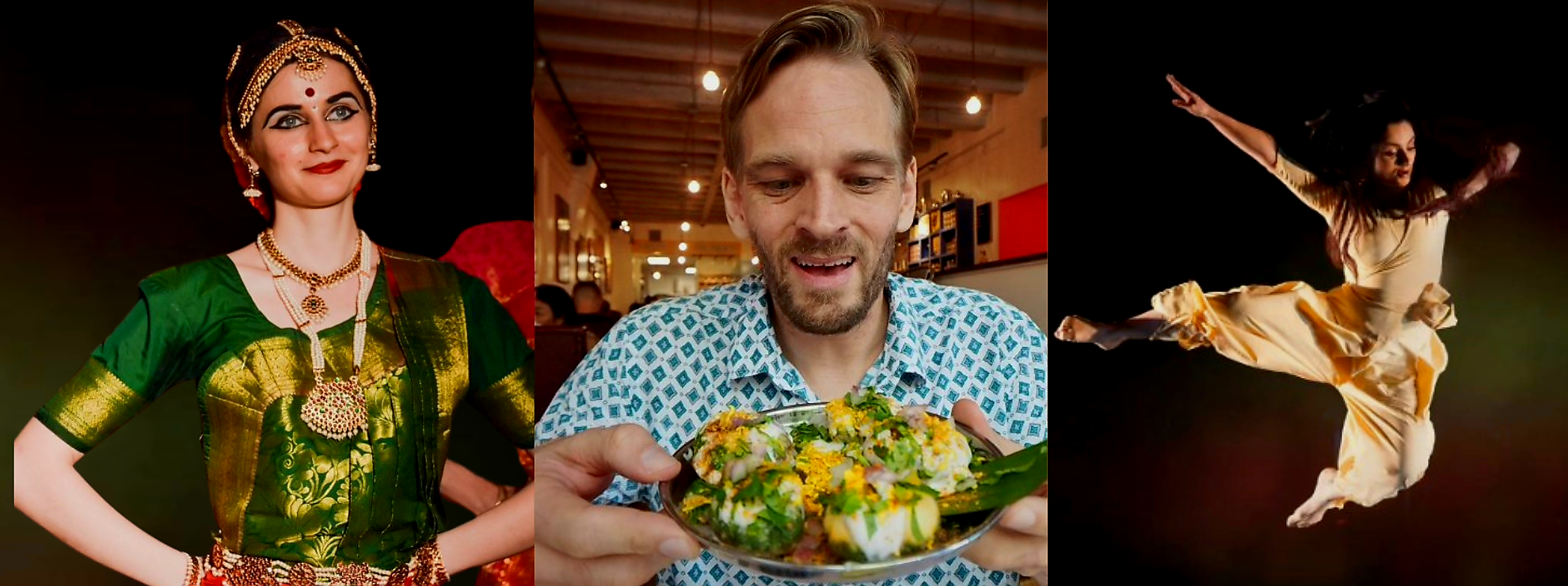
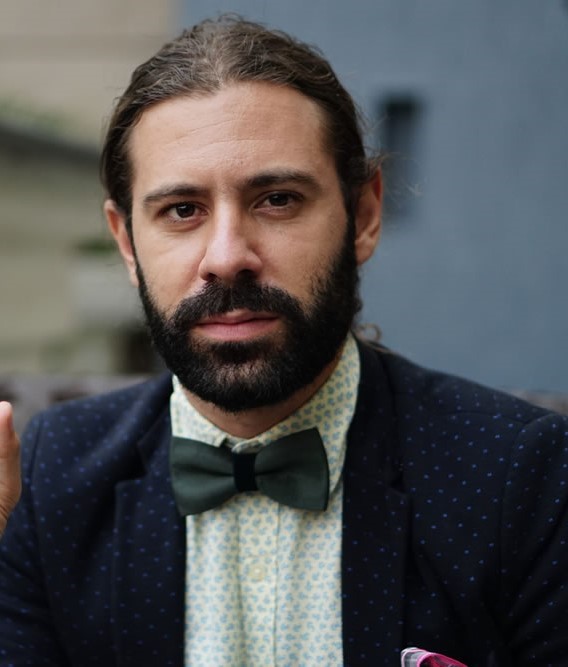 David Belo[/caption]
David Belo[/caption]
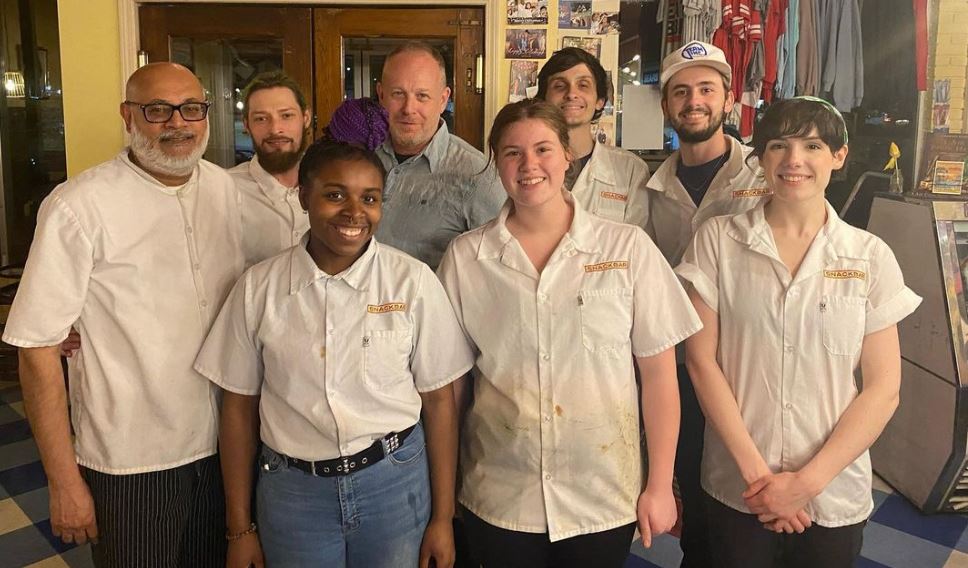 Chef Vishwesh Bhatt with his Snackbar team[/caption]
Chef Vishwesh Bhatt with his Snackbar team[/caption]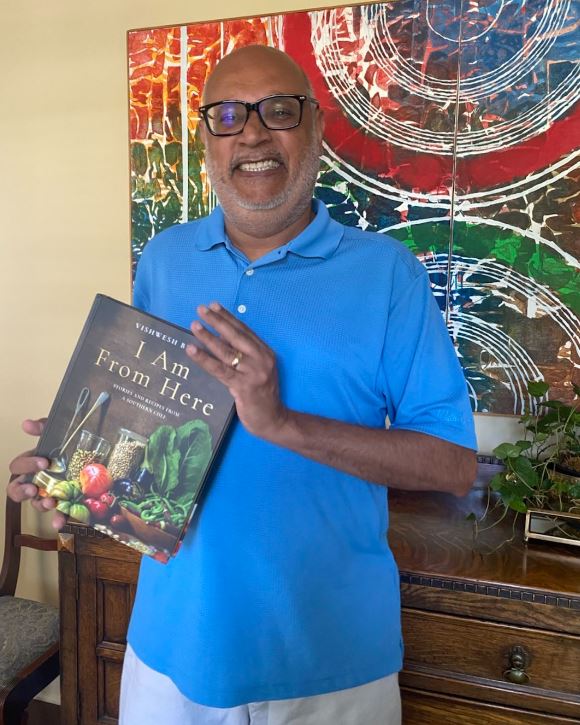 Chef Vishwesh Bhatt with his book[/caption]
Chef Vishwesh Bhatt with his book[/caption]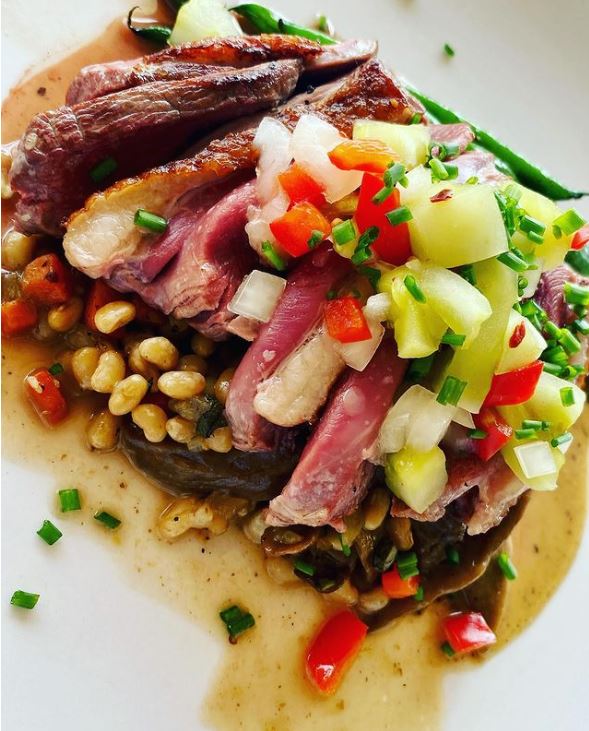 A Snackbar preparation[/caption]
A Snackbar preparation[/caption]